When they say “happy as Easter”: Yoshi’s Month takes us to the maypole, in the retro-review of Yoshi’s Story
We started with the Mese di Yoshi with the review of Super Mario World, to then talk about the sequel-but-prequel set in the childhood of the mustache: at this point, we might as well cut the bull’s head off and give the lizard an absolute leading role, and it is from this premise that Yoshi’s Story. In a curious case of “video game virginity”, the indefatigable lover of the Big N who is writing to you had never tasted the chapter for Nintendo 64 before writing the article. “And having good reason”, she would have thundered the undersigned in the first ten minutes of gameplay. Wrong.
In reality, by detaching itself from the hinges of Maria, the easy-going dinosaur managed to dig out its own new, strange identity. Ironically, a more boyish title than its predecessor was born although Baby Mario is no longer a part of it. For added irony, the game was originally supposed to be Yoshi’s Island 64: a real sequel. Maybe that’s why Baby Bowser still plays an antagonistic role. And he’ll do it at least four times, if you’re an unstoppable completionist: in the game he lives un’anima archesa bit like Torre della Cooondanna ante litteram, but never in an invasive way as we would have seen on DS with Touch & Go in 2004.
Storytelling in rhyme, the most precious of treasures – Yoshi’s Story Month: Retro Review Yoshi’s Story
The plot of Yoshi’s Story, at the beginning of the retro-review, has a particularity that only on this occasion (and not in the rest of the month) will Yoshi thank, despite our claims. Well yes: the narration, as never before, takes place almost completely in rima. The plot tells us about the cruelty with which the Great Tree of Happiness was stolen for mere pleasure by Baby Bowser in spite of him. Whims of the little boy, who without saying a word, Kamek’s thugs wanted to satisfy. In this regard, the court magician shared fate with Baby Mario. There is neither in the game, but the player will have to be smart.
By metaphor out of intention, the plot also tells us about depression. The happiness of the Yoshis all depends on that simple tree full of fruit. This must be why the adult dinosaurs closed themselves in the eggs instead of the shoots. Meanwhile the island, as in an enchanted tale, has been transformed into an animated book. It will be up to six little Yoshis to enter the paper chasm and emerge unscathed from those pages. The plan is evil, here the cat hatches us: our heroes will stop it with eggs. A book to read, re-read and leaf through again, while the book of records slowly takes color.
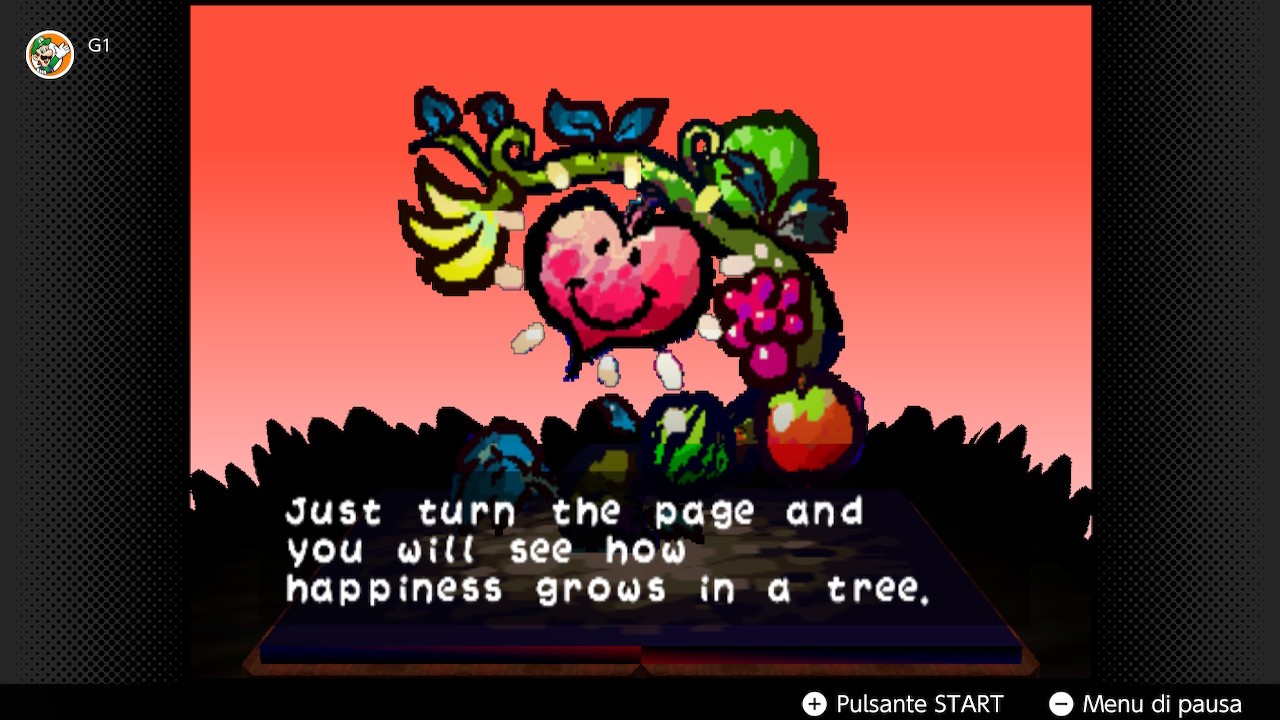
It’s best to celebrate with a full stomach – Yoshi Month: Yoshi’s Story retro-review
We weren’t kidding: the morale of Yoshi, in this game, is a real one gameplay dynamicsand is indivisible from his salute. The game stands as a side scrolling platformer, with occasional crossroads on the ground with which to put your hand on the analog lever and choose whether to tilt it downwards or upwards, diagonally. In general, the game makes an inadvisable use of analog given the perpetually lateral view, but the era of the Nintendo 64 was also this. The peculiarity of the happiness bar is that, as we saw in Island, it also counts as a score: it is good to finish the levels “in a good mood”.
The perception of the game, which still sees it described as quite an adventure facile, owes so much to the many ways to heal. Filling the flower at the top left of the interface with petals, years before it was seen again in a Super Mario 64 DS minigame, is possible in several ways: by eating one of the 30 fruits required to finish the level, by hitting the Power Flowers with the tongue and tapping the secret hearts scattered throughout the levels. In each different “run”, you play only one level per world: Our choice of levels on the next “page” depends on how many of those hearts we managed to find.
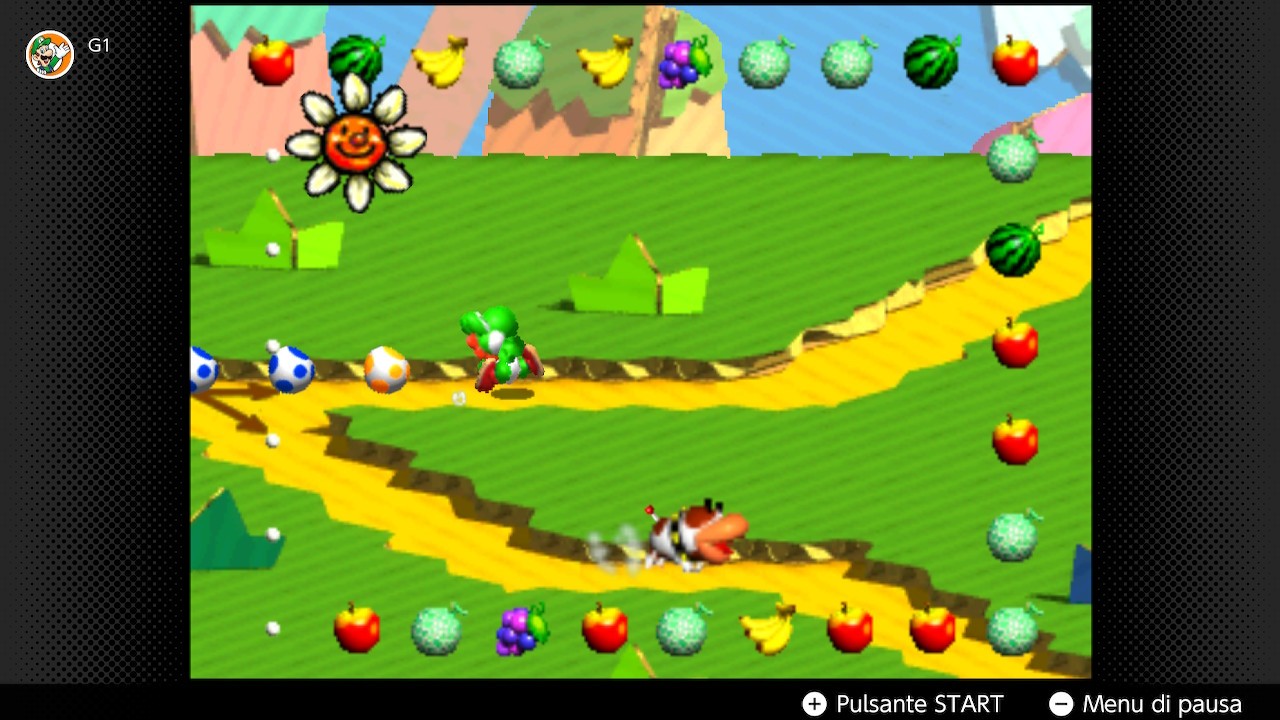
Insert a Token – Month of Yoshi Review Back Yoshi’s Story
The various colored Yoshis, unlike their location in Island where they only serve to understand where we are in a given world, here they act as real fast. Technically the protagonists never die: upon their defeat they find themselves dragged by the Minions to the top of the highest tower of Baby Bowser’s castle. Emptying the team means being sent back to the start of the game by an unceremonious Game Over. The game features a tutorial on the home screen under the entry Practiceand given the innovations introduced by the title compared to its predecessor on Super Nintendo, this stage is practically mandatory.
The hunt for scores (and unexplored levels) is the real protagonist of the game. To make the experience even more arcadey (ie: “It goes the way it should go”), the lucky fruit with which each Yoshi gains eight health points is chosen randomly at the start of each new game. The mechanics remained from the predecessor (i.e. tongue, egg toss, stretch jump, and ground pound) they all have some alterations. Now the tongue can be directed, the launch of the eggs requires you to stand still and move the crosshairs, the floating jump can last longer by holding the lever tilted upwards and the crash on the ground … he is the same, but the variables introduced by the ‘analog make it less accurate than the good old D-pad.
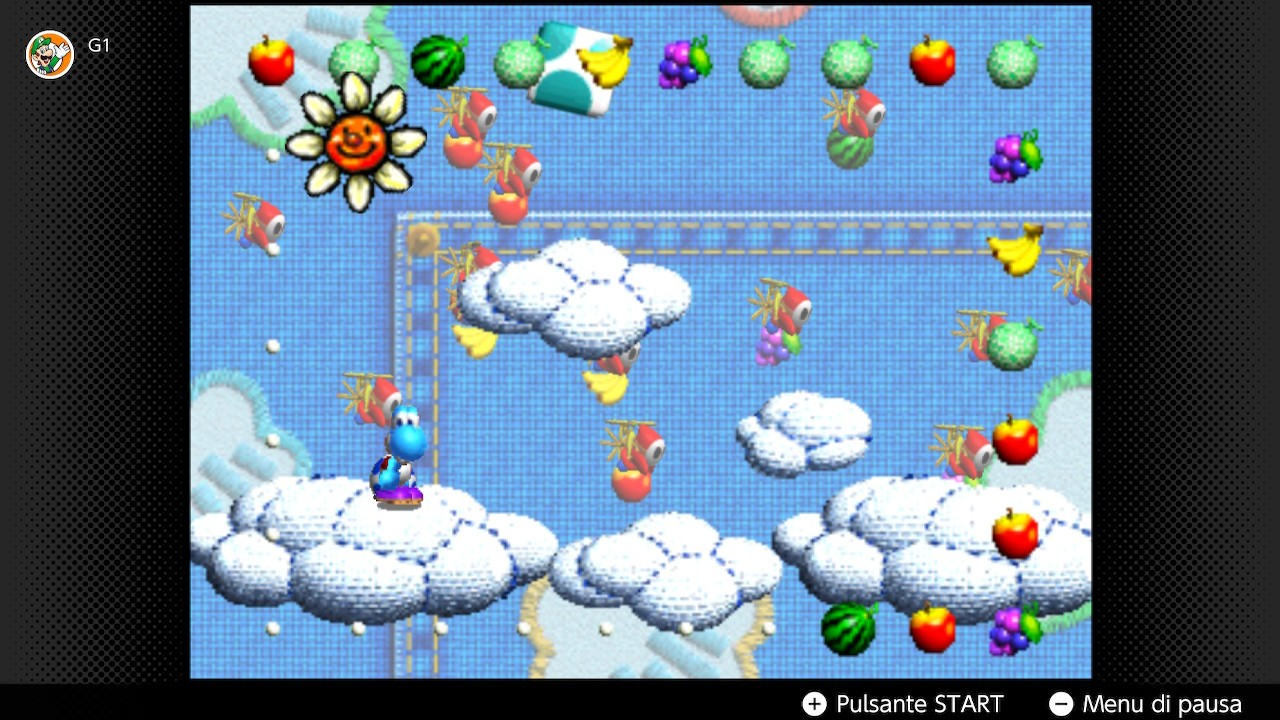
You don’t touch Sturdino, but you still go into the ball – Yoshi’s Month: retro-review Yoshi’s Story
Since the completion of the levels is based exclusively on the collection of the thirty fruits, it goes without saying that the level design proves to be much more prone to exploration than in the past. On the other hand, there are no goals: the level can end up somewhere. Precisely for this reason, the Miss Warp sleepers act as both a checkpoint and a Souls-ian “bonfire” once awakened. As yet another demonstration of the unusual approach to level design we also have, to give one example as another, the serpentine platforms that change direction as soon as Yoshi leaps and lands on them: a headache, this, comparable to folding platforms of 3D Land and 3D World.
There are you tripped wanted and others that the player, least of all the seven-year-old to whom the game was aimed in 1998, may not be able to predict due to the occasional lack in level design. We’ll discuss why in more detail shortly, but in general the game often makes it difficult to trace the hitbox and correct collisions between Yoshi and platforms. One case above all is the pair of gears in Baby Bowser’s castle, which without any warning traps the poor protagonist in a lethal grip. A mole, this, which goes against the idea of focusing the levels more on exploration. On the other hand, the fast protagonists and the cautious reconnaissance don’t get along: Sonic CD teaches.
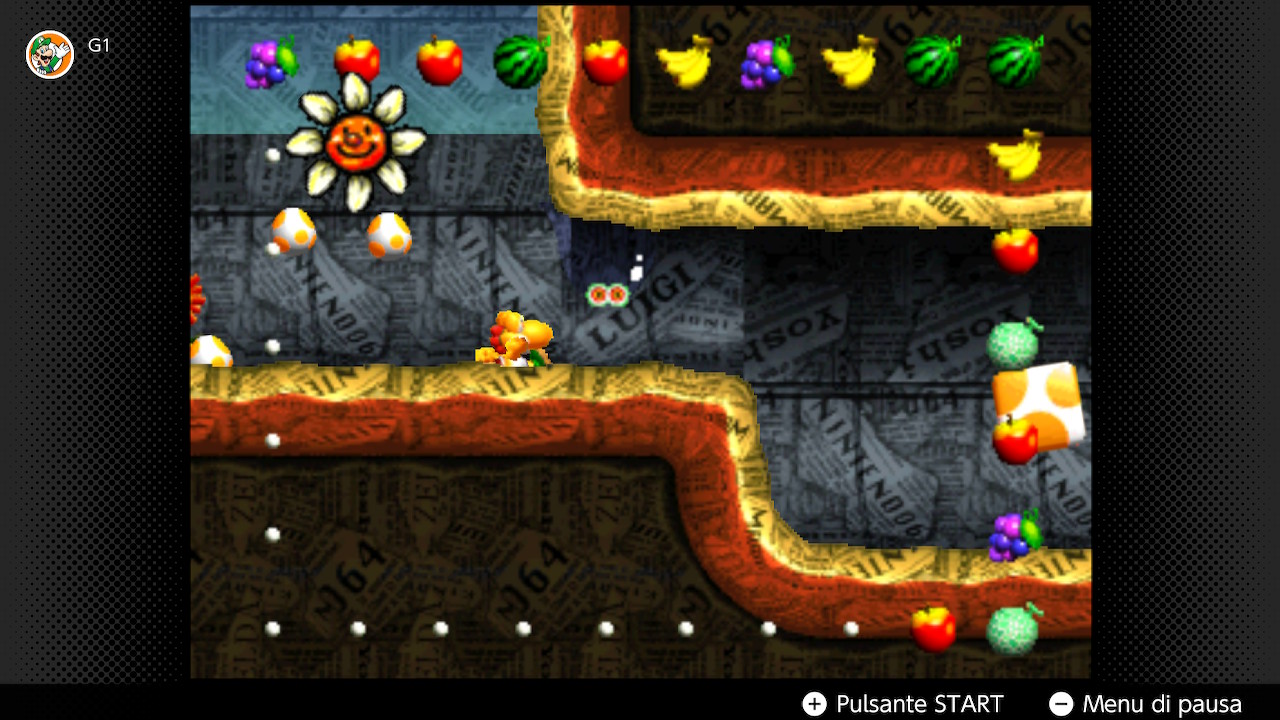
An (un)decided personality – Month of Yoshi: retro-review Yoshi’s Story
What can we say about the graphic style of the game? Compared to Yoshi’s Island, unfortunately Story can’t say it has aged as well. Curiously, we have a reverse situation: while the Super Nintendo’s swan song used pre-rendered graphics in the early and late game cutscenes, opting for pastel colors throughout the adventure, here we have the exact opposite. And while the narrative (with sprites that give a loud voice to Miyamoto’s original vision) continues to make a damn good impression today, it is clear that the gameplay elements were conceived for the CRT.
On the sonorous we must recognize the “bomb” arrival of Kazumi Totaka in Mario’s macro-franchise. His was already the musical inspiration savored in Super Mario Land 2: Six Golden Coins, but on Nintendo 64 the dinosaur of the Big N begins to have the adorable little nasal voice that we have always loved. And it’s Totaka who gives him the voice! As for the soundtrack itself, the first seeds of the “relaxed fairy tale” musical tradition of the Animal Crossing series are already tangible under our feet. Or rather, we should say “audible”. Except when the Yoshi coretto starts, the result is very, very enjoyable.
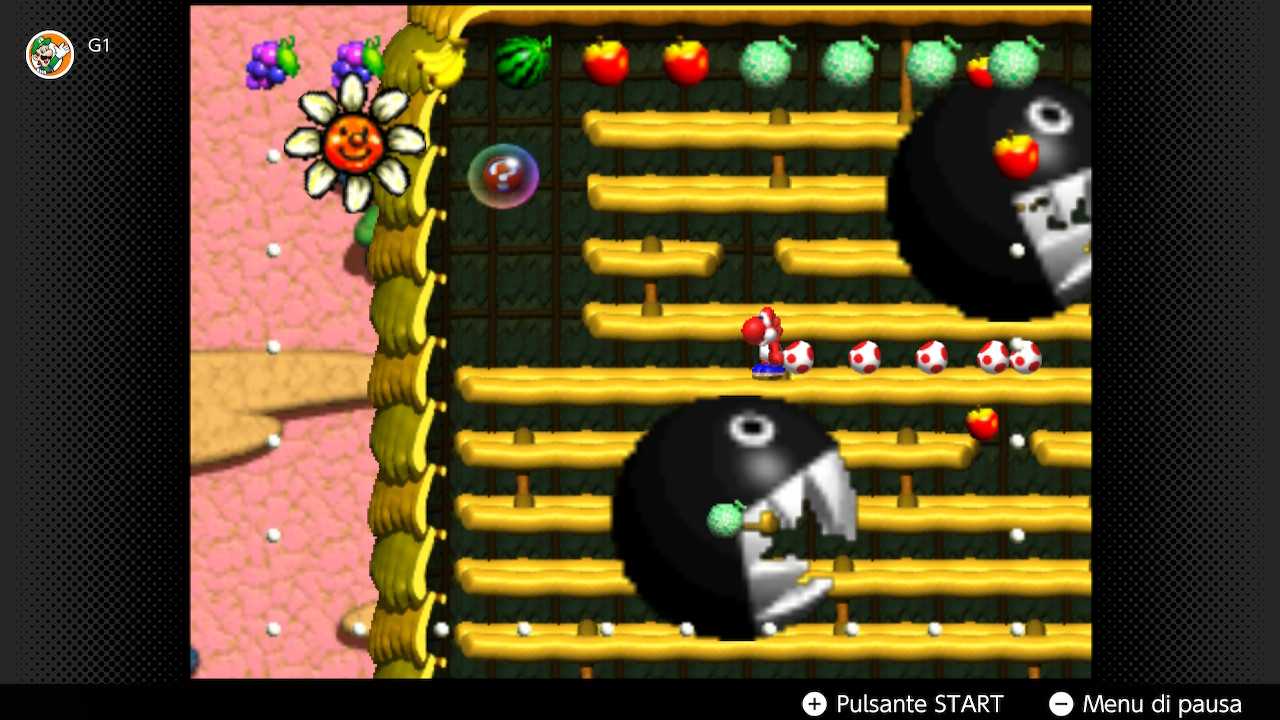
The impact of the pan
What are your options for replaying Yoshi’s Story today? The good news is that Nintendo Switch Online runs to your aid also in this case. The slightly less good one is that, since this is a Nintendo 64 title, you will need the most expensive Additional Package to experience first-hand a chapter of the saga which, even today, seems more like a fever dream than anything else. While Western reaction to the game has been fairly lukewarm, in Japan the game is emblematic of the very nature of fu compriMario. To what extent, you may be wondering? Well, sooner or later we had to talk about it.
An almost embarrassing percentage of Yoshi’s presence in Super Smash Bros. Ultimate (and in past chapters of the crossover) is about this game. We talk about the ability to make your egg into a shield, the Great Tree of Happiness, the arena that takes its name from the game and even the victory theme of the lizard. And little, sorry, it’s not. Of course, the character has given his best elsewhere, but for that matter we will also return to talk about his best videogame performances. If the game hadn’t had some success, though… who’s to say? The dinosaur would risk having all of his reunions as often as Ness. And we don’t wish this on anyone!
- Easter Egg: What a grind to pick the thirty fruits, isn’t it? Well, the Boos in the overcrowded room of world 6-3 have one thing in common with the Shy Guys: Ground-pound them while you’re “Super Happy” and you know what we mean. And Totaka’s song is there, just wait a bit in the Trial Mode menu without doing anything.
Now it’s up to you to tell us yours: did you know this adventure of the easygoing man in green? Let us know below, and as always, don’t forget to stay on tuttotek for all the most important news for gamers and more. For your purely gaming needs, you can instead find the best discounts in digital format on Kinguin.







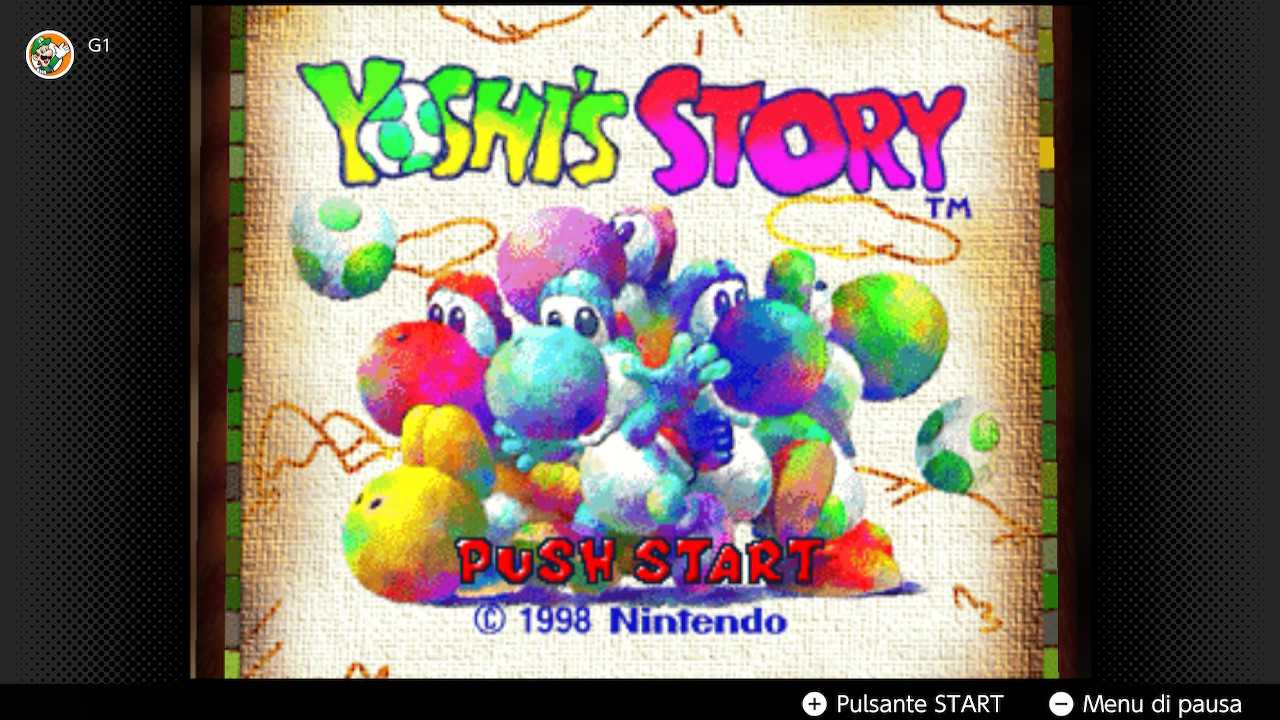








Leave a Reply
View Comments